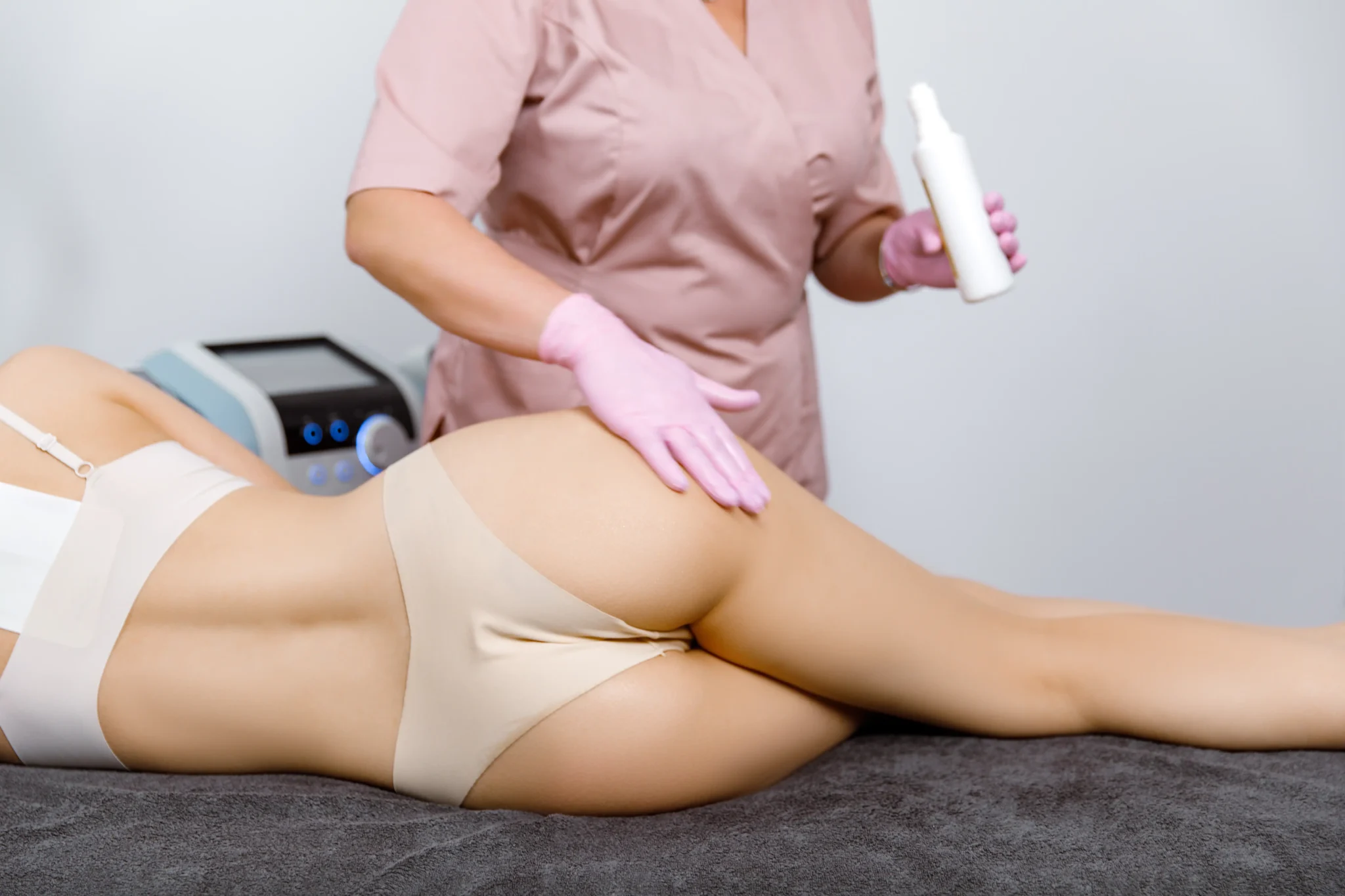
Embarking on the journey toward a Brazilian Butt Lift, or BBL, necessitates far more than simply selecting a surgeon and scheduling a date. The procedure, which involves liposuction to harvest fat from one area of the body and strategic re-injection into the buttocks, is a significant surgical undertaking that demands meticulous preparation across physical, logistical, and psychological domains. The ultimate success of the BBL—defined not just by immediate aesthetic results but by long-term fat graft survival and a smooth recovery—is profoundly influenced by the weeks leading up to the operation. It is an unfortunate oversight to view the pre-operative phase as a mere formality; rather, it is a crucial window for optimizing the body’s internal environment to maximize healing potential and minimize the inherent risks associated with any major surgery. This proactive approach begins with a frank and detailed conversation with a board-certified plastic surgeon, focusing less on idealized celebrity images and more on what is safely and realistically achievable given one’s unique anatomy, existing fat deposits, and overall health status. Failure to establish grounded, achievable goals often sets the stage for post-operative disappointment, which no surgical skill can entirely mitigate.
Failure to establish grounded, achievable goals often sets the stage for post-operative disappointment
A fundamental component of this initial preparation involves a thorough medical clearance process. The BBL is a procedure where patient health status can directly impact safety; therefore, ensuring all underlying medical conditions are stable is non-negotiable. This often includes blood tests to check for anemia, clotting abnormalities, and general organ function. Patients with pre-existing conditions such as high blood pressure, diabetes, or autoimmune disorders must have these conditions meticulously controlled and documented by their primary care physician before they are deemed fit for surgery. The plastic surgeon must be furnished with a complete and accurate list of all current medications, including over-the-counter supplements and herbal remedies. Certain supplements, particularly those known to thin the blood (like Vitamin E, fish oil, or ginkgo biloba), must be discontinued well in advance—typically two to three weeks prior—to reduce the risk of excessive bleeding during and after the operation. This clearance process is not a bureaucratic hurdle but a vital safety measure designed to ensure the patient’s physiology is primed to withstand the surgical stress and initiate effective healing.
Strict Medication and Supplement Protocols: Minimizing Bleeding Risk
The integrity of the body’s healing environment is highly dependent on what is consumed, making a strict dietary and substance protocol absolutely essential in the final weeks before surgery. The consumption of nicotine in any form, including cigarettes, patches, and vaping, must cease entirely. Nicotine is a potent vasoconstrictor, meaning it severely narrows blood vessels, which dramatically impairs blood flow to the surgical sites—both the donor areas where fat is harvested and, critically, the recipient areas where the fat is injected. Reduced blood flow starves the transplanted fat cells of oxygen and nutrients, leading to a much higher rate of fat necrosis (cell death) and significantly compromising the aesthetic outcome. Furthermore, smoking demonstrably increases the risk of wound healing complications and anesthesia-related respiratory issues. Likewise, the consumption of alcohol should be heavily restricted or, ideally, eliminated in the week leading up to the procedure, as alcohol can interact negatively with anesthesia, prolong bleeding, and interfere with prescription pain medications.
The consumption of nicotine in any form, including cigarettes, patches, and vaping, must cease entirely.
The physical demands of recovery, particularly the restrictions on sitting, necessitate proactive logistical planning that must be finalized well before the procedure day. This involves arranging for a dedicated, responsible caretaker for at least the first 24 to 72 hours post-surgery. Simple, everyday tasks will become challenging, if not impossible, due to pain, grogginess from anesthesia, and the need to maintain specific post-operative positioning. Furthermore, the patient must acquire specialized equipment designed to protect the newly transferred fat cells. This typically includes a BBL pillow or wedge, which allows weight to be distributed away from the buttocks and onto the thighs or lower back when sitting. The entire recovery area—often a bedroom—should be set up beforehand with all necessities within easy reach: medications, compression garments, comfortable loose clothing, and entertainment. Pre-cooking and freezing meals is also a highly recommended strategy, eliminating the physical strain of meal preparation during the crucial initial recovery period and ensuring proper nutrition.
Setting Up a Designated Recovery Zone and Securing Post-Operative Support
For the BBL to yield successful, long-lasting results, the newly transferred fat cells must survive and establish a new blood supply in their recipient area. This biological requirement translates into one of the procedure’s most challenging post-operative requirements: strict limitations on direct pressure to the buttocks for a period of several weeks. The patient must be fully committed to avoiding direct sitting and lying on the back during this critical fat-survival window, which typically lasts between four to eight weeks, depending on the surgeon’s protocol. Preparation, therefore, must involve a psychological readiness to adhere to this demanding recovery protocol. It requires mentally preparing for the inconvenience, frustration, and disruption to daily life that this restriction imposes. Understanding that this sacrifice is directly proportional to the long-term success of the graft is key to maintaining discipline. Patients should use the pre-operative time to practice side-lying positions for sleeping and utilize their specialized BBL pillow consistently to internalize the necessary pressure-avoidance habits.
For the BBL to yield successful, long-lasting results, the newly transferred fat cells must survive and establish a new blood supply in their recipient area.
Optimizing the body’s internal healing environment also demands a focused look at pre-operative nutrition and hydration. The body will be undergoing a form of trauma and will require an abundance of raw materials to repair the donor areas and successfully vascularize the transferred fat. A diet rich in lean protein (chicken, fish, legumes) is paramount, as protein is the essential building block for collagen and new tissue repair. Likewise, consuming a wide variety of micronutrient-dense foods, particularly those high in Vitamin C (for collagen synthesis) and Zinc (for immune function and wound healing), can significantly accelerate recovery. However, this is not a time for extreme dieting or drastic weight loss. The surgeon relies on a stable and sufficient supply of harvestable fat. Therefore, stable weight maintenance in the weeks leading up to the surgery is vital. Proper hydration—drinking ample water and non-caffeinated fluids—is equally critical for maintaining blood volume, flushing out toxins, and promoting healthy circulation throughout the body.
The Importance of High-Quality Protein and Micronutrient Intake
One of the most persistent and significant challenges post-BBL is swelling (edema), a natural response to the extensive tissue trauma caused by the liposuction phase. While some swelling is inevitable, proactive measures can be taken pre-operatively to help mitigate its severity and duration. This involves a meticulous focus on sodium restriction in the final week before the operation. High sodium intake contributes significantly to fluid retention, exacerbating post-operative puffiness and discomfort. Patients should consciously avoid processed foods, fast food, and excessive table salt, opting instead for fresh, home-prepared meals. Furthermore, understanding the role of compression garments is vital. The surgeon will prescribe a specific garment (typically a Stage 1 garment) to be worn immediately after surgery. Patients should familiarize themselves with how to properly wear and care for this garment, as its continuous, correct use is essential for minimizing swelling, improving skin retraction in the donor areas, and providing structural support to the operated tissues.
The surgeon will prescribe a specific garment (typically a Stage 1 garment) to be worn immediately after surgery.
Before the day of the procedure, a final crucial step involves finalizing all financial and administrative details. This includes confirming the total cost of the procedure, understanding what is covered by the surgical fee (e.g., anesthesia, facility fees, follow-up appointments, garments), and settling any outstanding balances. Reviewing and signing all necessary consent forms, which detail the potential risks, benefits, and alternatives of the BBL, is a required part of this process. It is important that the patient takes the time to read these documents thoroughly and ask any lingering questions before signing. Additionally, confirming the exact check-in time, the specific location of the surgical center or hospital, and the identity of the anesthesiologist is necessary to reduce stress and potential last-minute confusion on the morning of surgery. A lack of clarity on these administrative points can be a source of significant anxiety, which is counterproductive to a calm and prepared state of mind.
Understanding the Logistics of Finalizing Forms and Financial Obligations
A crucial element of the pre-operative planning, often neglected in the excitement of the aesthetic outcome, is the commitment to the long-term follow-up schedule and understanding the process of lymphatic drainage. Post-liposuction swelling is often characterized by the formation of indurations or hardness, which can be significantly reduced by specialized post-operative lymphatic drainage massages (LDM). Patients should proactively research and schedule these sessions with a qualified therapist who understands plastic surgery recovery. The surgeon may recommend a specific number of sessions, usually starting in the first week or two after the procedure. Integrating these sessions into the recovery plan ensures that fluid is effectively mobilized and scarring is minimized, contributing significantly to a smoother contour in the donor areas. Failure to plan for and engage in these therapies often results in prolonged swelling and a less refined final result, demonstrating that the preparation extends well beyond the surgery itself into the early recovery weeks.
Post-liposuction swelling is often characterized by the formation of indurations or hardness, which can be significantly reduced by specialized post-operative lymphatic drainage massages (LDM).
Finally, the days immediately preceding the BBL should be dedicated to maximizing rest and minimizing psychological stress. The body interprets stress as a threat, triggering hormonal responses (like cortisol release) that can negatively impact immune function and inflammation—both of which are counterproductive to healing. Taking a few days off work or reducing demanding responsibilities immediately before surgery can ensure the patient arrives at the surgical center well-rested and calm. A gentle final shower with an antimicrobial soap, as directed by the surgeon, is usually required the night before or the morning of the procedure to minimize skin bacteria. All makeup, jewelry, and nail polish must be removed, as these can interfere with monitoring equipment. This final stage of preparation is about stripping away external distractions and focusing entirely on the body’s internal state, ensuring a relaxed, clean, and optimally functioning system ready for the surgical event and the recovery that immediately follows.
Final Pre-Procedure Checklist: Maximizing Health and Logistical Readiness
The pre-BBL phase is a non-negotiable optimization period; meticulous planning, medical clearance, and disciplined lifestyle changes are the true foundation for long-term satisfaction.
